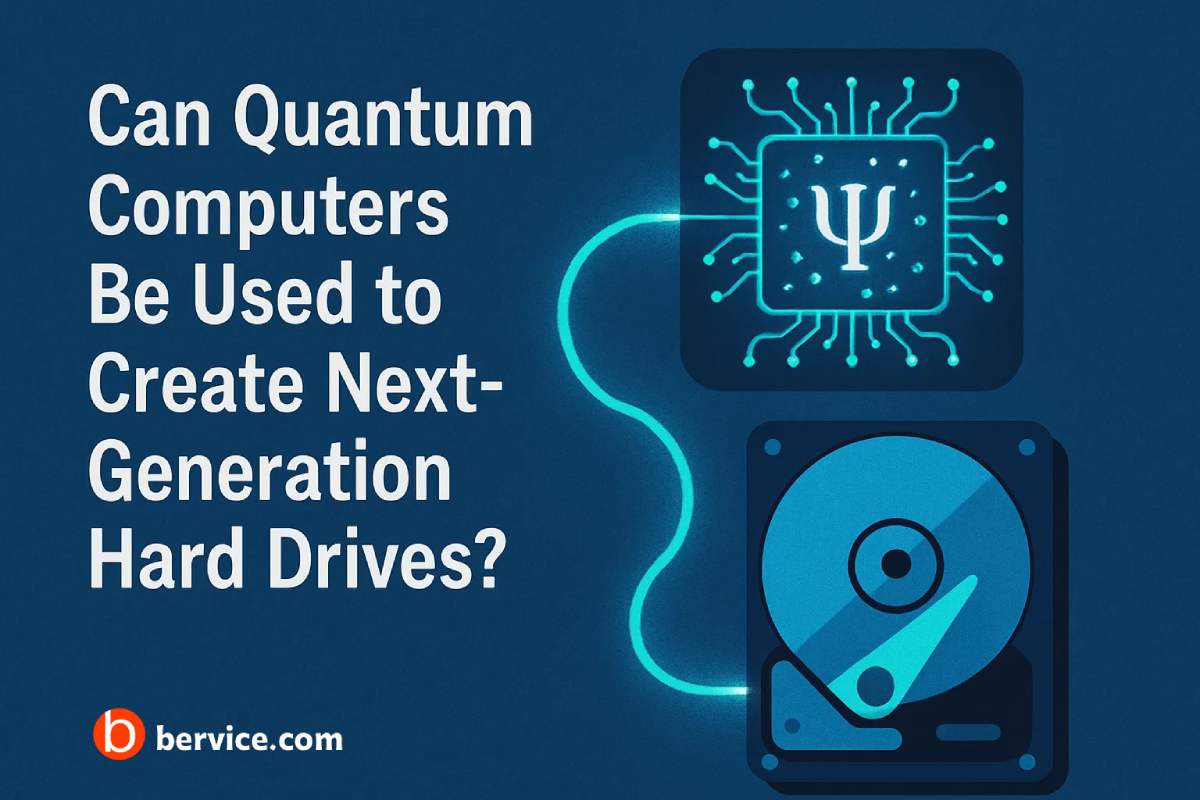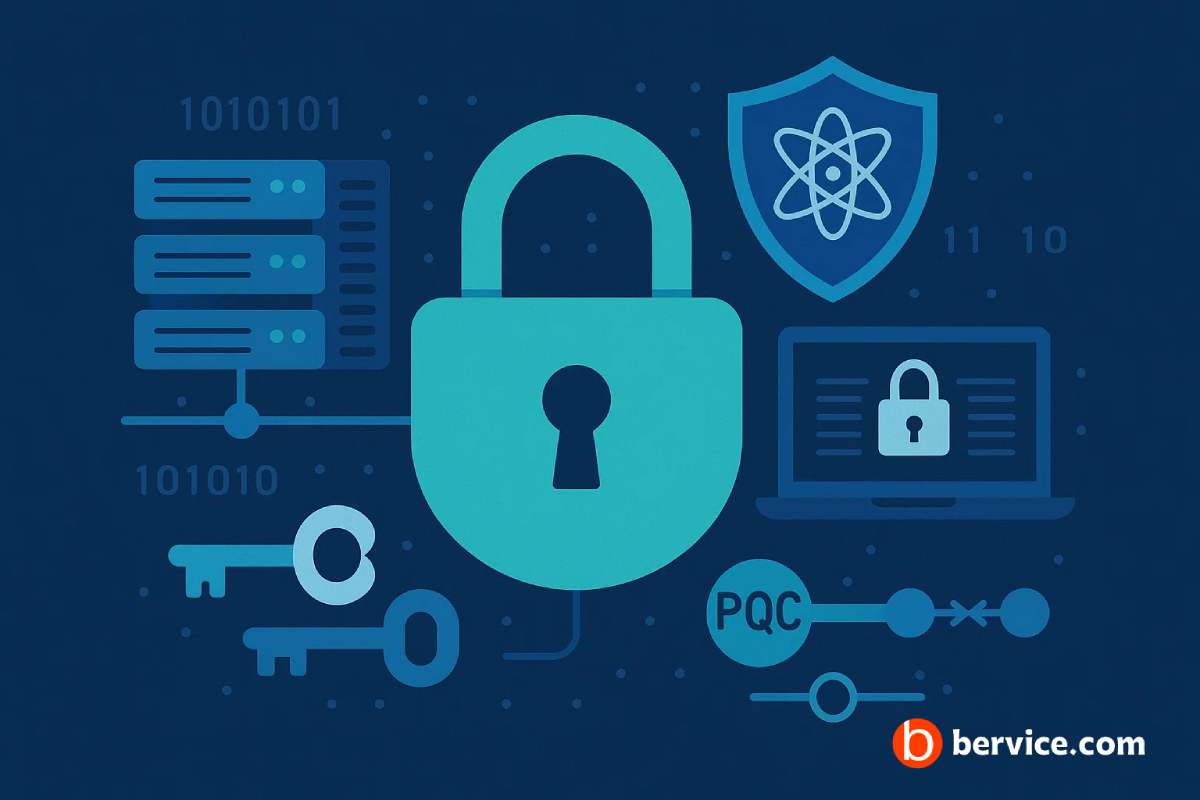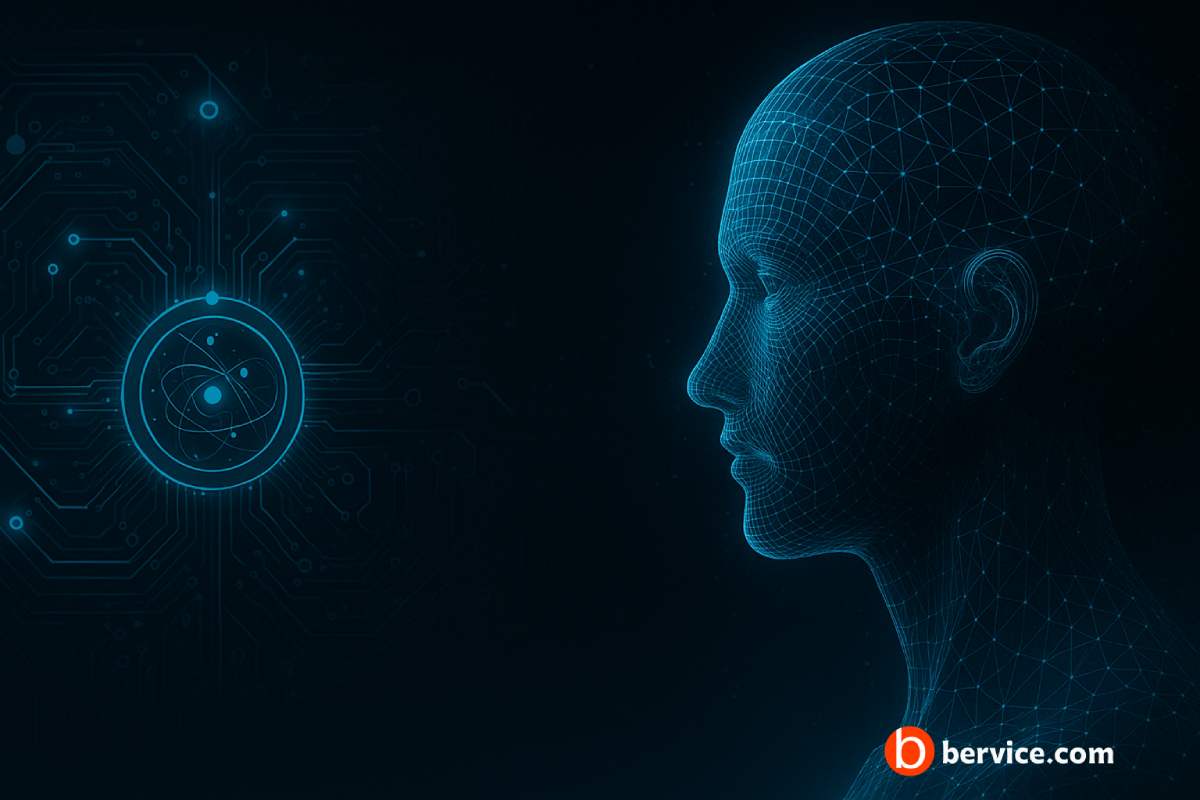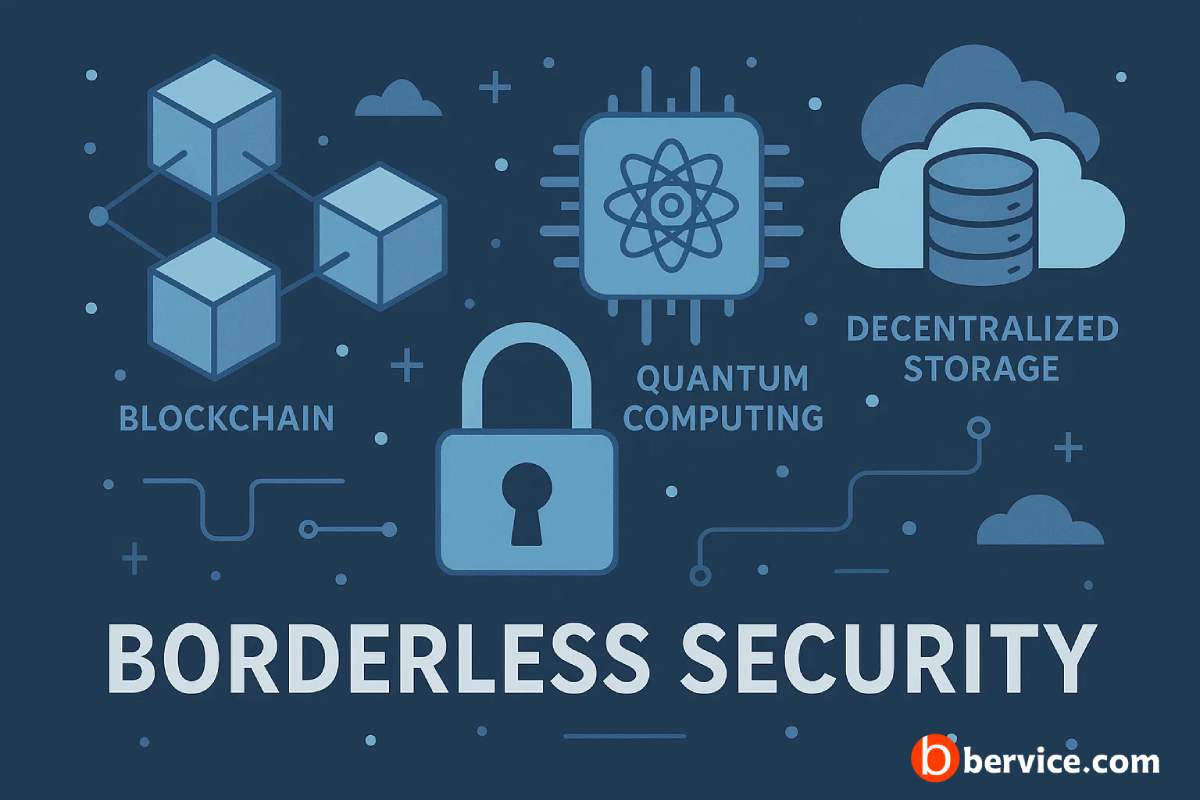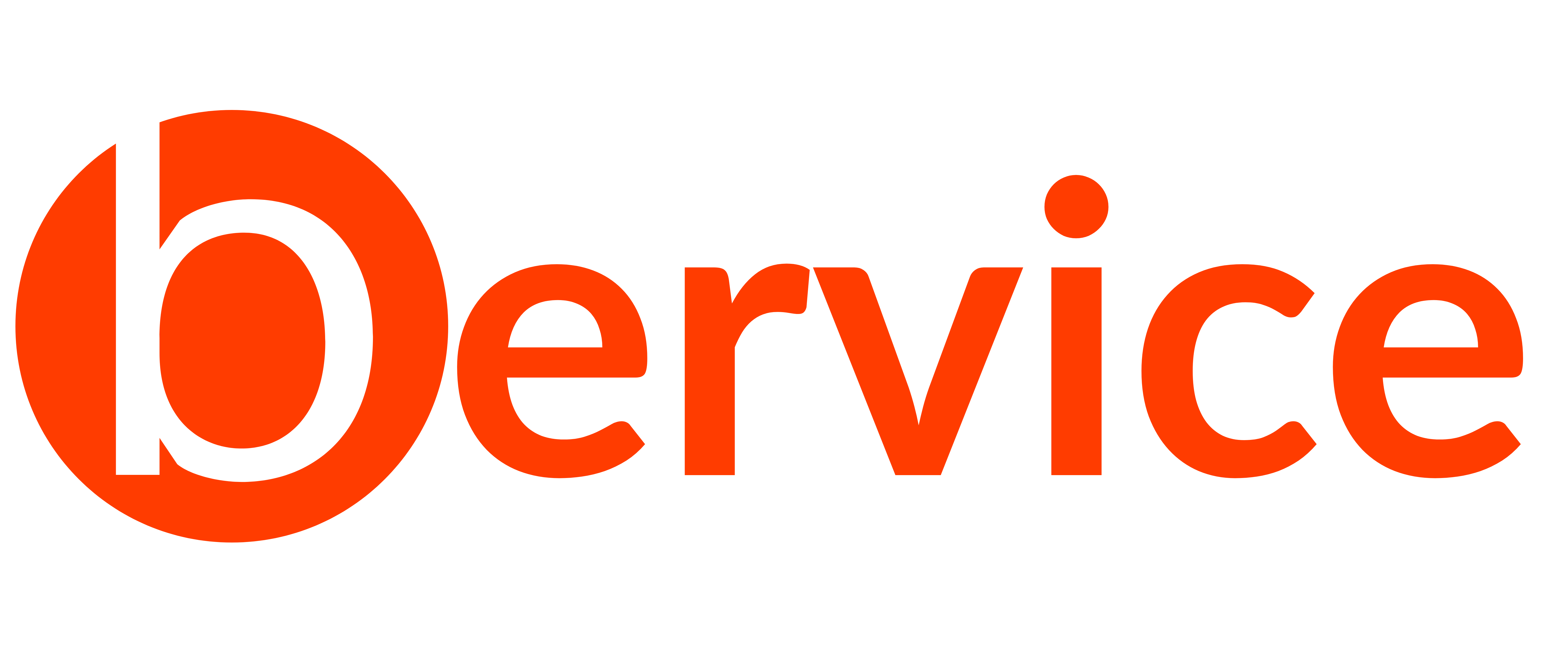
In today’s digital age, data storage has evolved significantly from physical hardware such as hard disks and flash memory to cloud-based centralized servers offered by tech giants like Amazon, Microsoft, Google, and Apple. However, as concerns over security, privacy, and data control continue to rise, blockchain technology and decentralized storage platforms are emerging as promising alternatives. This article explores the advantages of decentralized storage and blockchain over traditional storage methods, highlighting the benefits in terms of security, data integrity, and user empowerment.
Traditional Storage Solutions: An Overview
Traditional storage methods, including hard disk drives (HDDs), flash memory, and centralized online servers, have long been the backbone of data storage. HDDs and flash memory provide quick access and local control over data, while centralized cloud services offer scalability, reliability, and convenience. These systems, however, come with notable limitations:
Single Point of Failure: Centralized servers can become targets for cyberattacks. A breach or technical failure in one data center can lead to significant data loss or downtime.
Privacy Concerns: Data stored on centralized servers is managed by third-party providers who may be subject to government regulations or corporate policies that compromise user privacy.
Vulnerability to Hacking: Physical storage devices and centralized databases are frequently targeted by cybercriminals, making them susceptible to data breaches.
The Emergence of Blockchain and Decentralized Storage
Blockchain technology represents a paradigm shift in data storage and management. At its core, a blockchain is a distributed ledger that records transactions across multiple nodes in a peer-to-peer network. Decentralized storage platforms build on this foundation, distributing data across numerous independent nodes instead of relying on a single centralized server.
Key features of blockchain and decentralized storage include:
Distributed Network: Data is replicated across a network of nodes, ensuring that no single entity controls the entire dataset.
Cryptographic Security: Advanced cryptographic techniques protect data integrity and confidentiality, making unauthorized access extremely difficult.
Consensus Mechanisms: These protocols ensure that all network participants agree on the state of the data, which enhances reliability and trust.
Advantages of Blockchain and Decentralized Storage
- Enhanced Security
Blockchain’s decentralized architecture inherently provides a higher level of security compared to traditional centralized systems. Since data is stored across multiple nodes, compromising the network requires breaching a vast number of nodes simultaneously—a task that is virtually impossible with current technology. Furthermore, cryptographic algorithms ensure that any alteration to the stored data is immediately evident, thereby protecting against tampering and unauthorized modifications.
- Immutability and Data Integrity
One of the hallmark features of blockchain is immutability. Once data is recorded on the blockchain, it becomes nearly impossible to alter without detection. This immutability guarantees data integrity, ensuring that historical records remain accurate and trustworthy. For industries where data veracity is crucial—such as finance, healthcare, and supply chain management—this attribute is invaluable.
- Censorship Resistance
Decentralized storage eliminates the risk of censorship by removing the central authority that can control or restrict access to data. In traditional systems, centralized servers can be subjected to governmental or corporate intervention, potentially limiting the availability of critical information. Decentralized platforms, however, distribute data across a global network, making it resistant to any form of censorship.
- Redundancy and Fault Tolerance
By distributing data across multiple nodes, decentralized storage systems inherently offer redundancy. If one node fails due to hardware malfunction, natural disaster, or cyberattack, the data remains accessible from other nodes. This redundancy ensures a higher degree of fault tolerance, reducing the likelihood of data loss and ensuring continuous availability.
- User Empowerment and Privacy
Decentralized storage gives users greater control over their data. Instead of relying on third-party providers to manage and secure data, individuals can participate directly in the storage network. This empowerment allows users to maintain ownership of their data, decide who gets access, and implement personalized security measures. Additionally, the absence of a central authority minimizes the risk of data exploitation and surveillance.
- Transparency and Auditability
Blockchain’s inherent transparency allows for comprehensive auditing of data transactions. Every change is recorded on the ledger and can be traced back through a clear, tamper-evident trail. This transparency not only builds trust among users but also simplifies regulatory compliance and forensic investigations, as every data modification is openly verifiable.
- Future-Proofing Digital Infrastructure
As the digital landscape continues to evolve, decentralized storage is poised to play a critical role in the future of data management. With the rise of Web3 technologies and the increasing demand for decentralized applications (DApps), blockchain-based storage systems are becoming an integral part of a more secure, transparent, and user-centric internet. This forward-thinking approach aligns with the growing need for systems that are resilient against centralized control and capable of adapting to future technological challenges.
Comparing Decentralized Storage to Traditional Methods
While traditional storage methods offer significant benefits in terms of speed, convenience, and scalability, they are not without their drawbacks. Centralized servers, for example, are more vulnerable to data breaches and outages, whereas decentralized storage offers enhanced security and reliability through its distributed architecture.
However, it is important to note that blockchain-based systems are still evolving. Some challenges—such as scalability, energy consumption, and integration with existing technologies—need to be addressed before they can completely replace traditional systems. Many experts believe that a hybrid approach, leveraging the strengths of both centralized and decentralized storage, may be the optimal path forward.
Conclusion
Blockchain and decentralized storage technologies present a compelling alternative to traditional data storage methods. By offering enhanced security, immutability, censorship resistance, and user empowerment, these systems address many of the inherent weaknesses of centralized storage solutions. As the technology matures, it is likely to play an increasingly important role in securing digital data and empowering users in an interconnected world.
While challenges remain, the transition toward decentralized storage reflects a broader shift in the way we think about data management—one that prioritizes transparency, security, and resilience in an ever-changing digital landscape.
